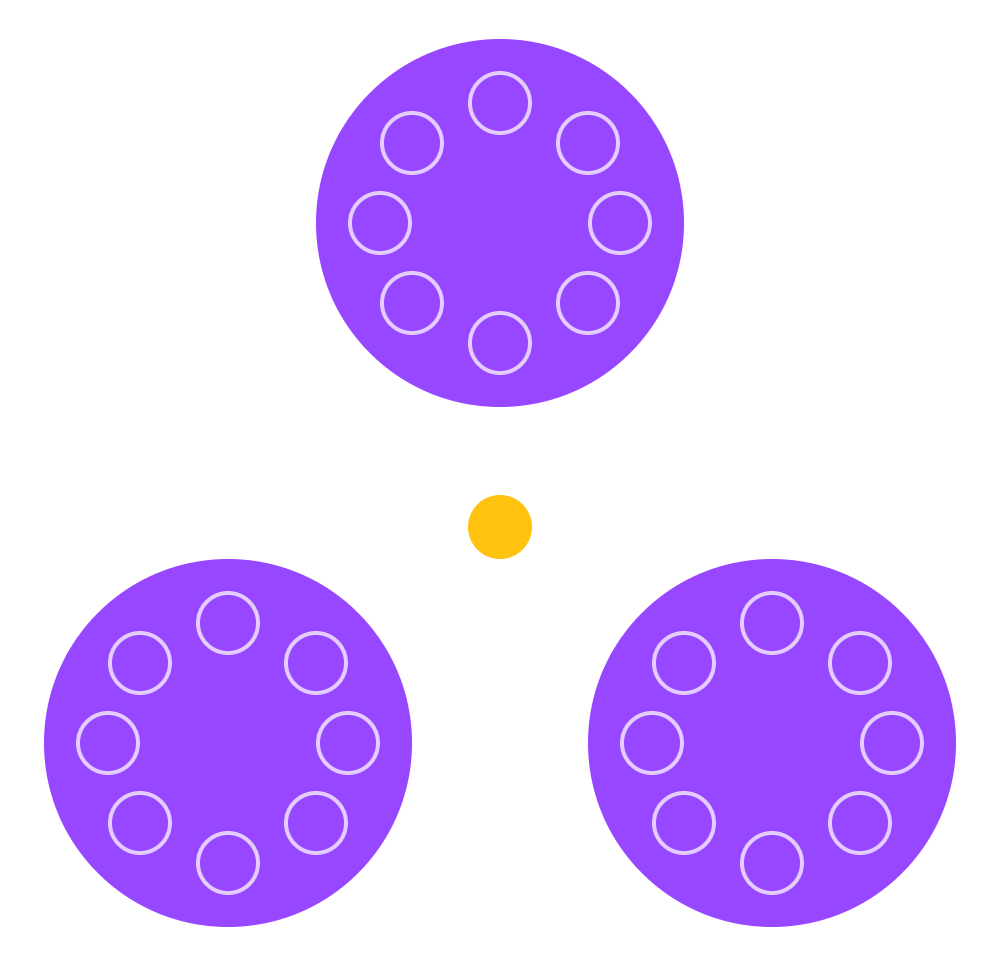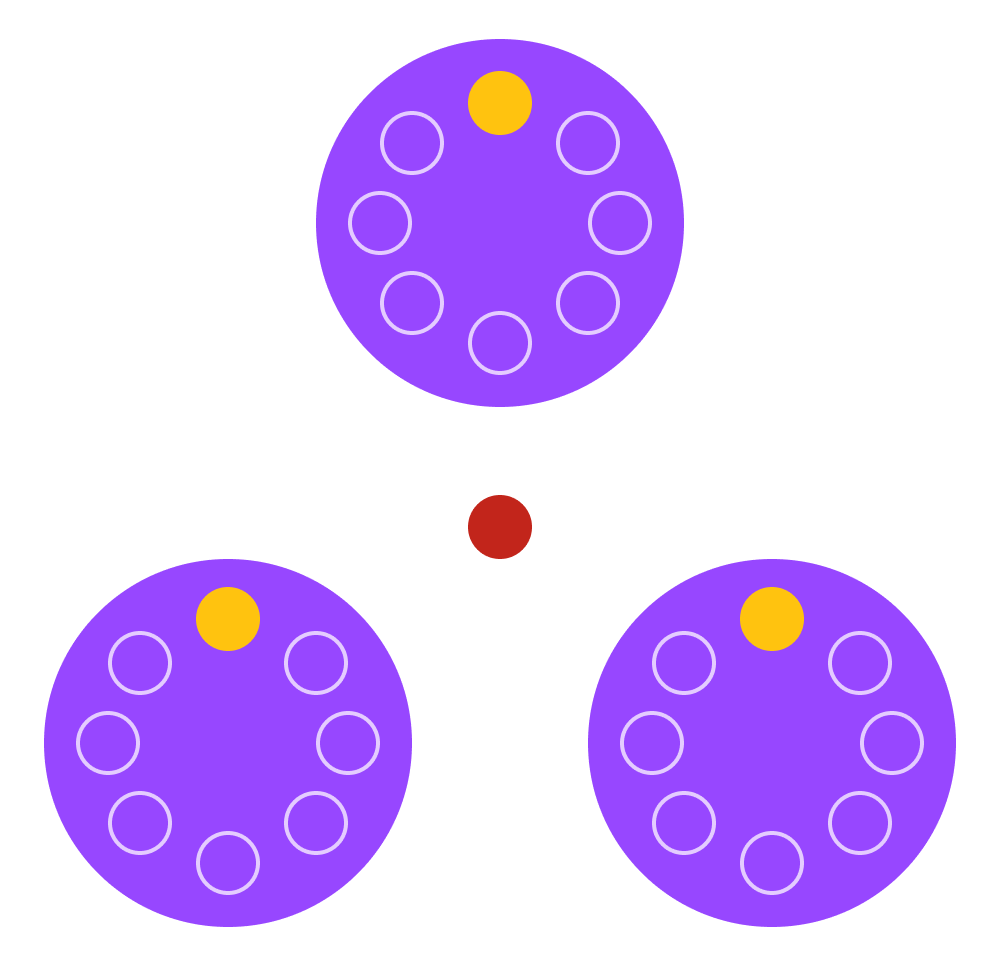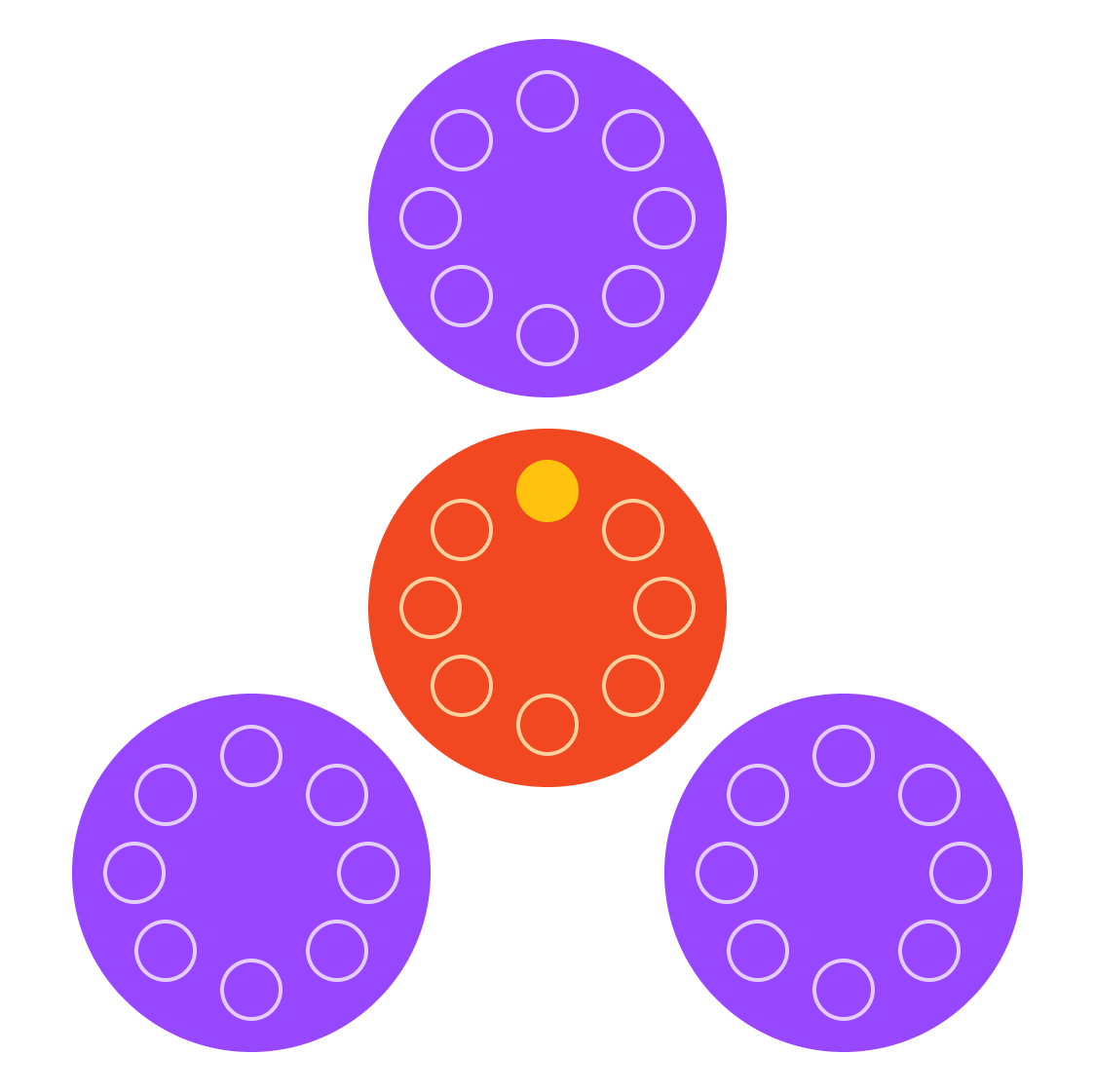Clarifying the role and responsibilities of the Product Manager
Reviewing the different product manager configurations in companies to identify the challenges and clarify the responsibilities of the role.

On the surface, the product manager role seems straightforward: responsible for ensuring that their aligned product solves customer problems in ways that work for the business. When you read the best practices on how to achieve this, however, you can become quickly overwhelmed.
Understanding Customers
- Talking with customers regularly
- Reflecting on conversations and gathering insights
Internal Relationships
- Regular 1-on-1's with key business stakeholders
- Reflecting on their concerns and priorities (ways that the product works for the business)
- Aligning with other product managers across the business
Understanding the Market
- Researching competitors and alternatives
- Monitoring trends in the industry
Thinking Long Term
- Creating a vision for your product
- Creating a strategy for the product
- Evangelising the vision and strategy
Working Short Term
- Prioritising opportunities
- Understanding the problem
- Working with Design and Dev on solutions
- Validating viability of solutions with stakeholders
- Ensuring that the team's path is unblocked and they are delivering
- Resolving issues that arise
Tracking Performance
- Thinking about the metrics you need to track
- Digging into your product data to answer your questions
Managing Up
- Communicating progress with senior stakeholders
- Requesting budget for future initiatives
Personal Development
- Keeping up to date with latest practices
- Personal development in soft skill areas
That's a lot of work for one person! Even thought leaders in the space agree that it is a tough role.
"The product manager role is usually very much a full-time assignment. I don't personally know many who are able to do what they need to do in less than 60 hours a week." — Marty Cagan, Inspired.
This is not a sustainable way of working. The performance of the product will suffer, either as the person burns out or as they start dropping areas of responsibility. There needs to be a better way.
As always, the context influences the best course of action. We'll dive into three different contexts to see how best to proceed.
Startup
The company is so small that the product manager and the other members of the company all work together in a single team.

- Understanding Customers
Critical to ensure product market fit - Relationships with Stakeholders
Smaller size means fewer stakeholders and easier relationships - Understanding the Market
Often the founder has done research/has a lot of industry experience - Thinking Long Term
Again, able to lean on founders (or you are the founder) - Working Short Term
This is critical. Product should be working closely with other disciplines to minimise decision time and ship quickly. - Tracking Performance
Critical, but nascent. Focus on a few metrics - Managing Up
Easier since managers have less to look after and keep up to date with progress (or you are the founder) - Personal Development
This critical area is often missed as teams focus on delivery over improvement
Product Managers in a startup should focus on customer discovery and short-term delivery. If you don't deliver on something customers want soon, then there is no long-term plan. That changes as the team and product grow.
Large Teams
As teams scale, you end up with a few different configurations. One Product Manager across multiple stream-aligned teams or a Product Manager in each stream-aligned team.
One Product Manager across multiple teams

- Understanding Customers
Critical to ensure continued product success and avoid building things customers don't want. With multiple teams, you need to invest even more time so you can gather enough insights to guide development. - Relationships with Stakeholders
A larger business means more stakeholders. Relationships aren't as organic and serendipitous, so they require more effort. - Understanding the Market
You now have something to lose. The market becomes important to track to ensure that there are no disruptive new players or market sentiment shifts that could jeopardise your product. - Thinking Long Term
Demands from other departments will start coming in thick and fast. Sales need to close a deal, marketing wants the latest buzzword, operations want efficiency, and legal want compliance. You need a coherent vision to be able to prioritise effectively and provide backup for saying no. - Working Short Term
Scaling products tend to slow down. The product manager needs to ensure that teams are able to retain the velocity of deliverables through clarity of direction and unblocking any issues. - Tracking Performance
The number of metrics to track performance increases as the product grows. This requires more time to understand the effectiveness of new releases. - Managing Up
Senior executives start focusing more on revenue generation than on the product. Managing up and communicating the product vision becomes critical to avoid HIPPO-driven development. - Personal Development
The role demands are becoming more strategic. You need time to learn how to effectively manage this.
Everything is now important. Dropping any of the items can either impact short-term delivery or long-term direction. Even from as few as two teams, things can start to become very demanding. This is where the 60+ hours come into effect.
One Product Manager per team

- Understanding Customers
As critical as always, but the smaller scope of one team makes this more manageable. - Relationships with Stakeholders
As the number of product managers grows, this places a huge burden on the stakeholders around the business. Imagine having dozens of product managers ask you for a regular 1-on-1? Stakeholders will push back and work with a Head of Product or similar. - Understanding the Market
Each stream-aligned team only makes up a portion of the product. Knowledge of the market isn't as critical because the direction for your stream will be set by a Head of Product who has visibility across all of the streams in the product. - Thinking Long Term
Again, you don't need a vision for a portion of a product (does a search feature or a checkout flow have a vision?) The Head of Product should set the vision and strategy for the entire product. - Working Short Term
Scaling products tends to slow down. The product manager needs to ensure that teams are able to keep the velocity of deliverables through clarity of direction and unblocking any issues. - Tracking Performance
Your stream-aligned team is only concerned with a subset of the product metrics so tracking is more manageable. - Managing Up
It is important to have a good relationship with your Head of Product, but it is their job to fight for the product vision and strategy. - Personal Development
There is some time for personal development.
The product manager role, when aligned to a single team, is very similar to the startup scenario. The core focus is on understanding the customer and short-term delivery.
The problem: long term strategic work gets dropped
The intent behind the product manager role is to have someone looking at the bigger picture.
The approach with a product manager in each team relies on a separation between strategic product roles (Head of Product) and tactical product roles. In many companies, a Head of Product role doesn't exist, particularly ones with a traditional functional structure instead of a product structure. Since there are people with a Product Manager title, this gap is not immediately obvious.
But we know that a single product manager across teams becomes over-burdened. Since there is always a fire to put out, the long-term work is often dropped.
We need to enable the strategic role of product management without the confusion of two types of product managers.
The Product Manager does not belong in the stream-aligned team
The tactical role, within each stream-aligned team, focuses on understanding customers, gathering insights, advocating for the desirability of features, and tracking the benefits achieved. There is already another role that has this exact remit: the UX researcher. In fact, this overlap in remit causes a lot of confusion in teams because it is unclear who is responsible for what. So let's clear up that confusion - there is no tactical product manager role.
Having a product manager outside of the stream-aligned teams introduces two challenges though. Firstly, since the product manager is a step removed from the customers, there is a risk that the vision, strategy and priorities for the product will not really meet the needs of customers. Secondly, since the internal stakeholder relationships and market research are happening outside of the team, there is a risk that the solutions that the team decides on might not be viable from a business perspective.

The gap between the product manager and customers
The Product Manager should attend as many customer discovery sessions as possible to keep in touch with the needs of the customers. The UX Researcher in each stream-aligned team will take on the overhead of scheduling, recording, analysing and disseminating insights so the burden on the product manager is significantly reduced.
The gap between the team and the business
The team needs to know about the goals and constraints of the other business departments. The product manager must provide context when discussing and agreeing on product objectives with the team so the team can understand the intent behind the objectives. The Product Manager should also attend as many ideation sessions as possible so that they can provide the business context and input on the solutions being proposed. By giving context at the point of ideation the team can quickly respond and think of alternative solutions.
From the business stakeholders' perspective, it can be difficult to understand why the product can't deliver on their needs. There may be conflicting requirements or items which are higher priority but this isn't always visible to them. Rather than being a middle man, the Product Manager needs to ensure the stakeholders are aligned on the strategy and priorities for the product. This requires creating a Product Team, consisting of the leads from Marketing, Sales, Operations, Legal, Dev and Design among others.

The Product Leader Role Description
By clarifying that the product manager should not be within the product team we can update the role description.
Understanding Customers
- Leverage UX researchers to keep up to date with the needs of customers
Internal Relationships
- Use the product team as a forum for capturing needs and communicating strategy, objectives and progress.
Understanding the Market
- Researching competitors and alternatives
- Monitoring trends in the industry
Thinking Long Term
- Creating a vision for your product
- Creating a strategy for the product
- Evangelising the vision and strategy
Working Short Term
- Attend ideation sessions and provide input
- Empower the team to deliver
Tracking Performance
- Leverage the UX research / Data analyst to get the metrics you need
Managing Up
- Communicating progress with senior stakeholders
- Requesting budget for future initiatives
Personal Development
- Keeping up to date with latest practices
- Personal development in soft skill areas
By streamlining customer research, relationship management, short-term work, and tracking performance, the product manager can achieve success without needing to work unsustainable hours.
I recognise that this is a controversial take. Every organisation has a different context and varying needs so perhaps others have found different ways to solve the problem. At UXDX conferences, we run Forums: unstructured conversions around specific topics. Conference attendees can share their context and solutions and help each other to solve problems. If you are passionate about how you have solved this problem, please join our Forum on the role of the product manager at UXDX EMEA in October!
